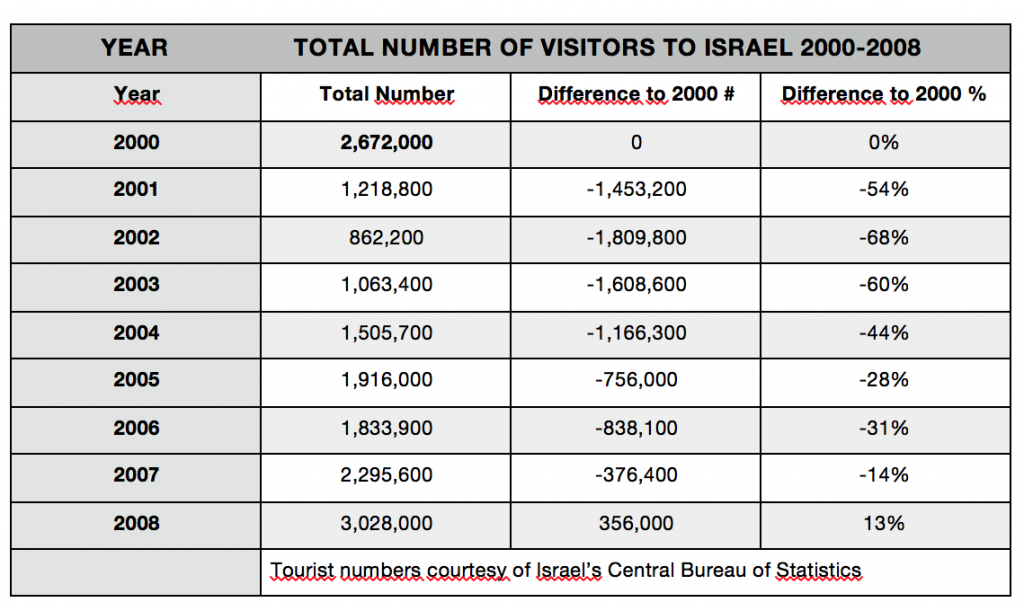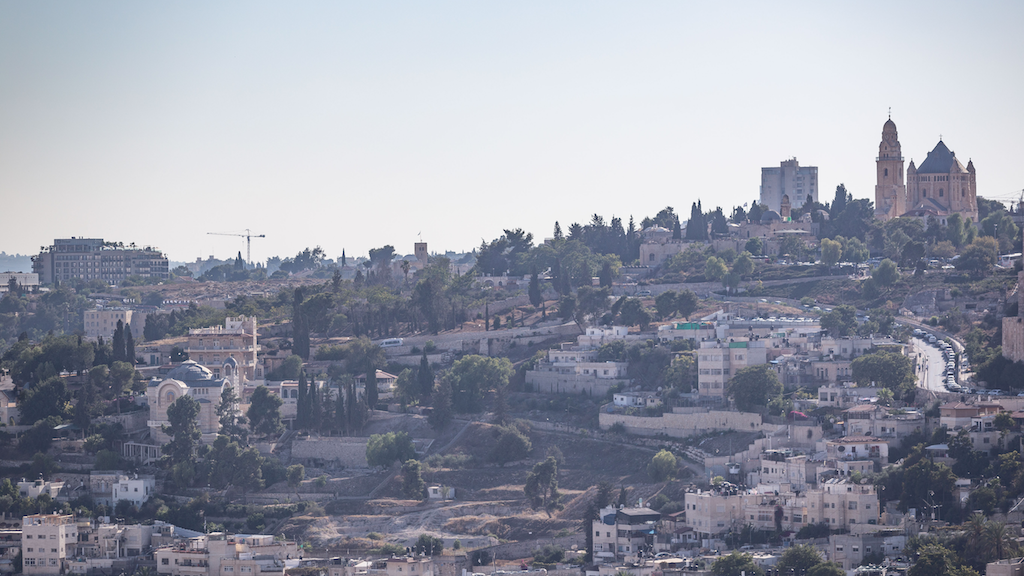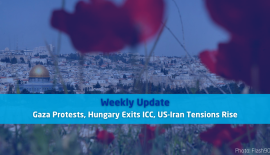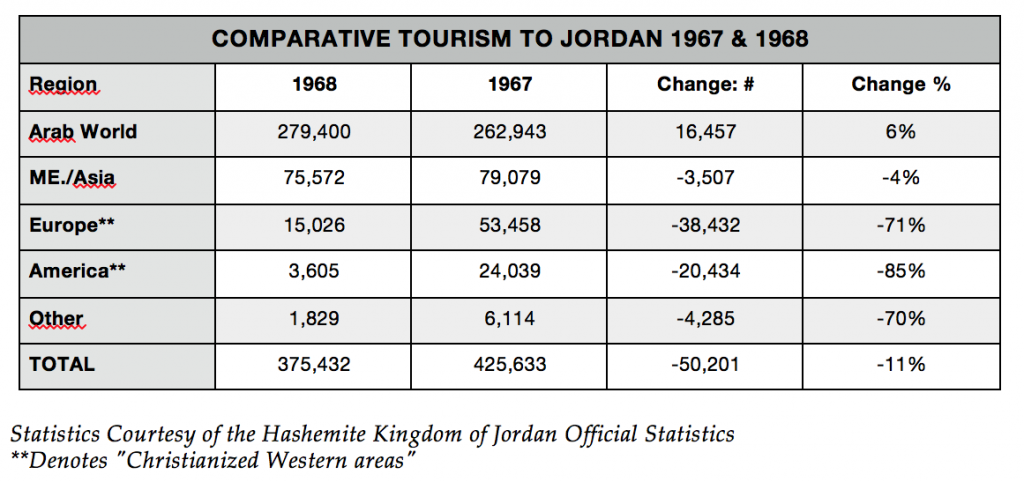Jerusalem: Magnet for Christian Visits (Part 3)
For many believing Christians, it is a dream come true. Whether on tour, business, or a private visit, a highlight for many is a visit to Jerusalem, the holy city. Since the Six Day War of 1967, when the historic Old City and Mount of Olives came under Israeli control, the number of Christian visitors has risen. In addition, the demographics have changed from a predominantly Middle Eastern to a western and third world constituency. The purpose of this series is to understand what is happening, why, and how it impacts the future.
In Part 1, we learned that the ‘river of pilgrimage’ has been flowing from the very beginning of Christianity. In Part 2, the ‘tourism factor’ was introduced. The Ministry of Tourism took a proactive approach in marketing Israel and Jerusalem as ‘attractive,’ ‘inspiring,’ and ‘safe’ places to visits. Their efforts appear to have paid off: the number of Christian visitors has risen steadily over the past half a century, though marketing alone is not the only reason for the increase.
In this article, Part 3, we will learn more about the rise in numbers and demographics of the Christian visitors since Israel reunited Jerusalem. The paradox is that these rising numbers and changing demographics have occurred in an atmosphere of chronic geo-political crisis. Modern Israel has been a state of war since its birth in 1948. The biggest crisis in the last half a century was the October 1973 ‘Yom Kippur’ War, which almost dragged in the two Cold War superpowers (USA & USSR), leading us to the precipice of Armageddon. Yet, the Egypt-Israel peace treaty of 1979 and the Jordan-Israel peace treaty of 1994, the Oslo Accords of 1993, and the usually quiet Syrian border, have made it possible to project a more tranquil image.
When there is a major event, like the Iraqi invasion of Kuwait of August 1990, the number of incoming tourists temporarily drops off. Yet, collective memories are short and once the situation stabilises, the visitors return. For example, 1990, incoming tourists to Israel (that’s all tourists, not just Christians, who generally constitute 60% of all tourist numbers) was 1,341,700. In 1991, the year of the first Gulf War, total tourist entries were 1,110,100, which was 231,600 or 17% less than in 1990. Yet, by 1992, Israel tourism peaked at 1.7 million, 358,300 or 27% more than the 1990.
A more potent example was the second Palestinian intifada (uprising) from 2000-2004 and the Second Lebanon (Hizballah) War of 2006.
 As you can see, it took eight years before the tourist numbers of the year 2000 to be exceeded. Yet note the figure for 2006, the year of the Second Lebanon War, when 1000s of rockets were fired into Israel. Amazingly, tourist numbers were down only 82,100 in 2006 from 2005 or a loss of 4%, yet rebounded in 2007 by 461,700 or an increase of 26% from the previous year and 20% higher than in 2005.
As you can see, it took eight years before the tourist numbers of the year 2000 to be exceeded. Yet note the figure for 2006, the year of the Second Lebanon War, when 1000s of rockets were fired into Israel. Amazingly, tourist numbers were down only 82,100 in 2006 from 2005 or a loss of 4%, yet rebounded in 2007 by 461,700 or an increase of 26% from the previous year and 20% higher than in 2005.
Prior to 1967, the Old City of Jerusalem and the Mount of Olives, which are where most of the Biblical holy sites are located, was under the control of the Hashemite Kingdom of Jordan. They, too, were interested in tourism. Jordan’s own statistics are revealing:
There are some limitations to this table. It speaks of tourism in general to Jordan and does not distinguish who went to pre-June 1967 Jerusalem. Yet there is an interesting trend: when Jordan held Old Jerusalem, numbers of visitors from ‘Christianised’ Europe and America were a total of 77,497 in 1967. The very next year, after losing Jerusalem to the Israelis, those numbers were only 18,631, down by 58,866 or 76% While the number of visitors from the Arab world modestly increased by 6%, numbers were down from Europe 71% and America 85%. What a difference a year makes.
If you look at the overall statistics, it shows that there is a resilience to visit the holy city, even when the region is in turmoil. For example, there was little variation of numbers in the years 2010-2012, even though the Arab Spring throbbed through the Middle East. Part of the issue is that unless there is some super-spectacular crisis, most visitors do not keep up with the events in the Middle East. Even so, there is another factor involved: it is the ‘pilgrim faith factor.’ II Corinthians 5:7 says we walk by faith and not by sight. That means people are motivated by what they believe more than circumstances and what they see.
To be continued.





